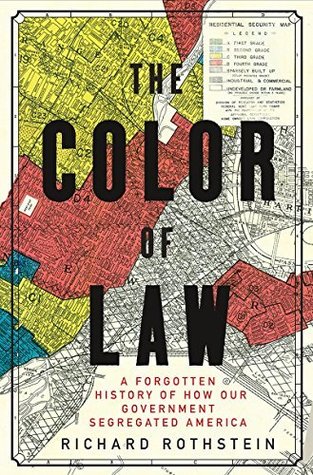More on this book
Community
Kindle Notes & Highlights
Started reading
December 10, 2021
The NAACP, for one, was unwilling to sacrifice integration for more housing and supported the 1949 integration amendment, despite its cynical sponsorship. So did a few congressional radicals, led by Vito Marcantonio of New York, who argued on the House floor that “you have no right to use housing against civil rights. . . . Housing is advanced in the interest of the general welfare and in the interest of strength[en]ing democracy. When you separate civil rights from housing you weaken that general welfare.”
In 1976 the Supreme Court adopted lower court findings that the Chicago Housing Authority (CHA), with the complicity of federal housing agencies, had unconstitutionally selected sites to maintain the city’s segregated landscape. Although the authority had suggested tracts that would integrate white neighborhoods, each project was subject to veto by the alderman in whose ward it was proposed. In his ruling, the district judge who originally heard the case wrote, “No criterion, other than race, can plausibly explain the veto of over 99½% of the housing units located on the White sites which were
...more
President Gerald Ford’s solicitor general, Robert Bork, expressed the government’s opposition to placing public housing in white areas: “There will be an enormous practical impact on innocent communities who have to bear the burden of the housing, who will have to house a plaintiff class from Chicago, which they wronged in no way.” Thus the federal government described nondiscriminatory housing policy as punishment visited on the innocent.
FROM THE beginning, the real estate industry bitterly fought public housing of any kind and had support from Republicans in Congress. Industry lobbyists insisted that socialism in housing was a threat to private enterprise, a difficult argument to make when, from the 1930s to the end of World War II, private enterprise had been unwilling or unable to build dwellings affordable for working- and middle-class families. But once the housing shortage eased, the real estate lobby was successful in restricting public housing to subsidized projects for the poorest families only. New federal and local
...more


